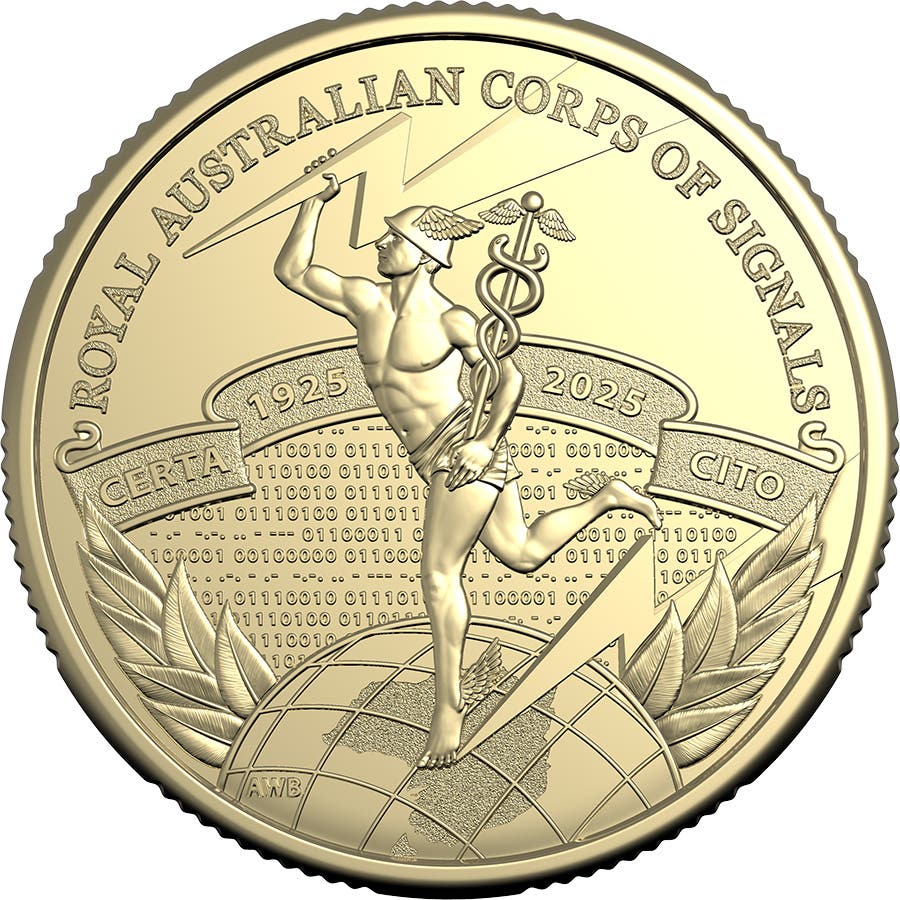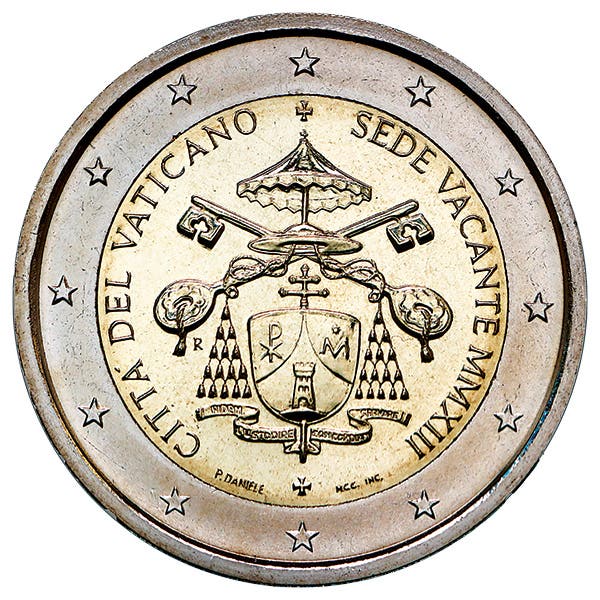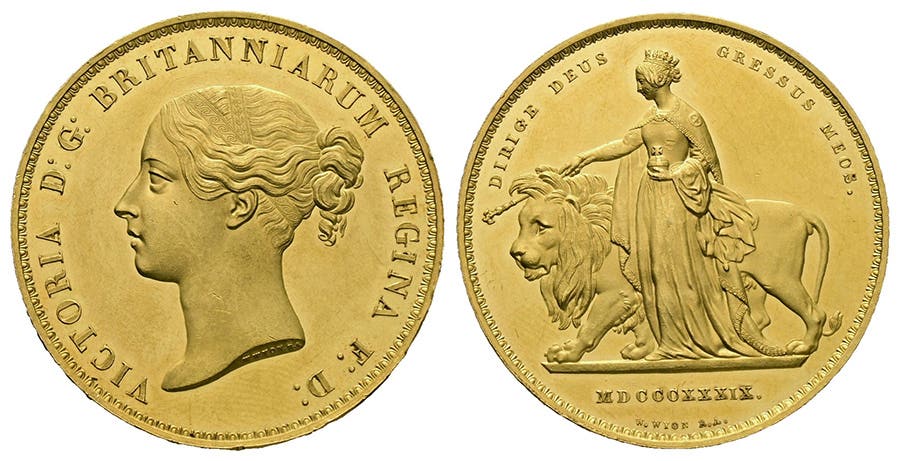Ukraine to Change Coins and Bank Notes
According to an Oct. 11 posting to Ukraine’s central bank web site, “On 1 January 2023 the National Bank of Ukraine (the ‘NBU’) will start to gradually withdraw from circulation…
According to an Oct. 11 posting to Ukraine’s central bank web site, “On 1 January 2023 the National Bank of Ukraine (the ‘NBU’) will start to gradually withdraw from circulation 5-, 10-, 20- and 100-hryvnia paper bank notes that were designed in 2003 – 2007 (i.e. previous generation bank notes), and will replace them with newly designed coins and new generation bank notes.”
The posting continues, “The main reasons for this are to enhance the quality of cash in circulation (in view of the wear and tear of previous generation bank notes, which have been circulating for a long time), streamline cash payments, and to make these means of payment more convenient for the general public.”
“The gradual replacement of previous generation bank notes with corresponding circulation coins and modernized bank notes will boost the protection and quality of money, while also making payments more convenient for people,” according to the NBU posting. The decision was made as NBU Board in Resolution No. 213 dated Oct. 4.
Coins in denominations of 5- and 10-hryvnias will replace bank notes of these two values, according to the central bank. The coins were planned and designed in 2018.
According to the central bank web site, “The central bank will stop manufacturing 1-, 2-, and 5 kopiika coins, as these coins have lost their purchasing power. It will also no longer produce 25-kopiika coins because, in the absence of 1, 2 and 5 kopiikas, it will be impossible to break 25 kopiikas using only 10-kopiika coins.”
The NBU indicated the 1, 2, 5, and 25 kopiikas will remain as legal tender “indefinitely. There is no need to exchange them, as they will continue to be used for payment.”
According to the NBU, the main goal is to improve the quality of bank notes in circulation, improve cash payments, and improve their convenience to the population. In addition, the central bank recognizes that several different designs of bank notes of the same denomination in circulation simultaneously will likely lead to confusion. For that reason, all existing bank notes will remain as legal tender, but will be removed from circulation where possible as the new currency is released.
Ukraine uses a currency system of 100 kopika to one hryvnia. The hryvnia was introduced in 1996, the name referencing a weight used in medieval Kievan Rus. Ukraine is generally recognized as the foundation for what became the modern Russian state. Kievan Rus used a mix of foreign and domestic coins, amber, and cast silver grivna ingots or bars. Kievan Rus issued its own srebrenik silver coins at the end of the 10th century. This was followed by what is known as the coinless period of the 12th to 14th centuries in which foreign money, clay spindle whorls, animal pelts, and veksha commodity lead seals used to bind the animal pelts were used as money.
Kievan Rus declined and fragmented as independent city-states appeared throughout what is now known as Appange Russia. Moscovy eventually gained superiority and united these independent entities.
Ukraine attempted to become independent of Russia as the Ukrainian People’s Republic in 1917 following the Russian Revolution. Ukraine issued its own karbovanets denominated paper money between 1917 and 1922 when it became the Ukrainian Soviet Socialist Republic within the Soviet Union.
A second karbovanets currency system was used by the occupying German Reichskommissariat Ukraine between 1942 and 1945 during World War Two. The occupation currency was officially pegged at a rate of 10 karbovanets to one German reichsmark. Ukraine resumed use of the Soviet ruble following the defeat of Germany.
Ukraine regained its independence in 1991 following the collapse of the Soviet Union. Ukraine initially joined the post-Soviet period Commonwealth of Independent States headed by the Bank of Russia. The same year Ukraine issued karbovanets denominated bank notes. Hyper inflation doomed this currency system, which was replaced in 1996 with the hryvnia currency system now in use.
In 2014 the de facto Republic of Crimea occupation government established in Crimea by Russia declared the Russian ruble rather than the hryvnia to be the official currency of the occupied territory. Ironically both currencies are used simultaneously with the hryvnia allegedly continuing to be the predominant currency in Russian controlled Donetsk and Luhansk.








